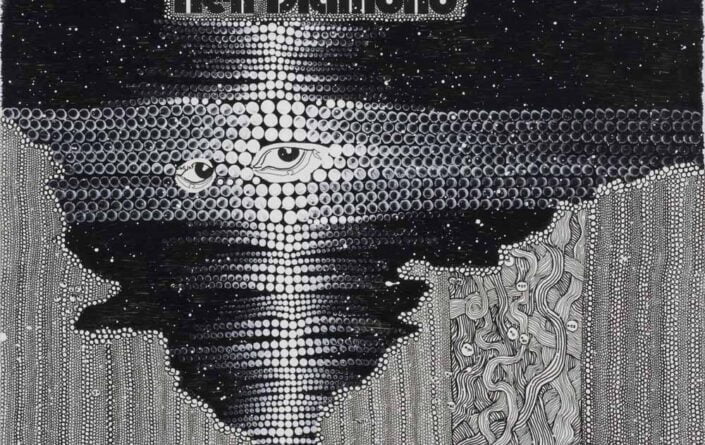Elizabeth Pulie
For close to two decades, Elizabeth Pulie has drawn on a variety of oriental and occidental decorative traditions in her painting practice. Pulie’s recent works from 2006–08 continue this interest with the invention of an intricate personal iconography. The works’ highly coloured arabesques, flowers, geometric patterns, swirls and flourishes avoid sentimentality or nostalgia, instead delighting in a sense of novelty that alludes to the playfulness of the Rococo tradition. The works’ over-the-top decorative sensibility directs our attention to concepts of adornment, and is a provocative manoeuvre against contemporary trends to invest art with an ideological function.For close to two decades, Elizabeth Pulie has drawn on a variety of oriental and occidental decorative traditions in her painting practice. Pulie’s recent works from 2006–08 continue this interest with the invention of an intricate personal iconography. The works’ highly coloured arabesques, flowers, geometric patterns, swirls and flourishes avoid sentimentality or nostalgia, instead delighting in a sense of novelty that alludes to the playfulness of the Rococo tradition. The works’ over-the-top decorative sensibility directs our attention to concepts of adornment, and is a provocative manoeuvre against contemporary trends to invest art with an ideological function.



